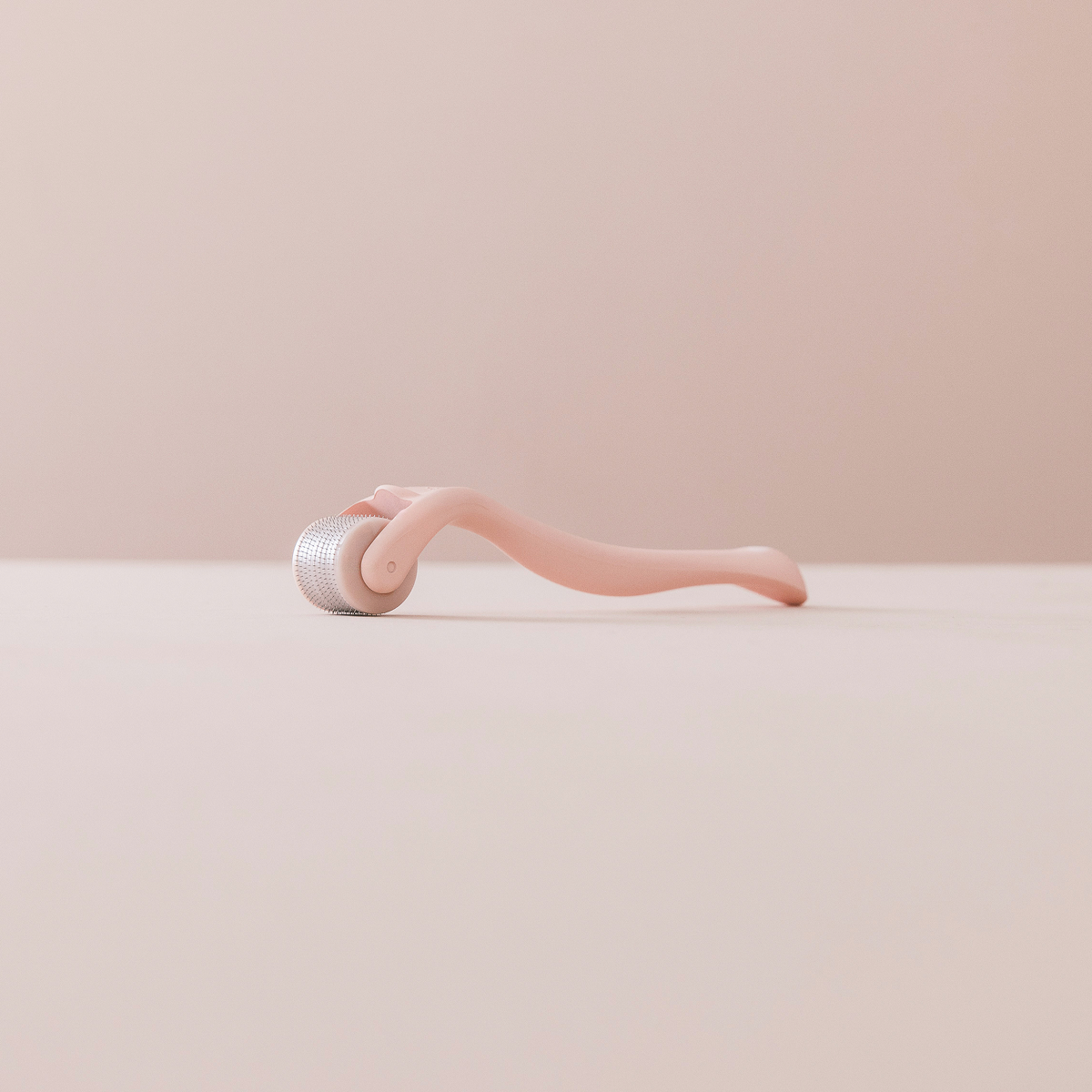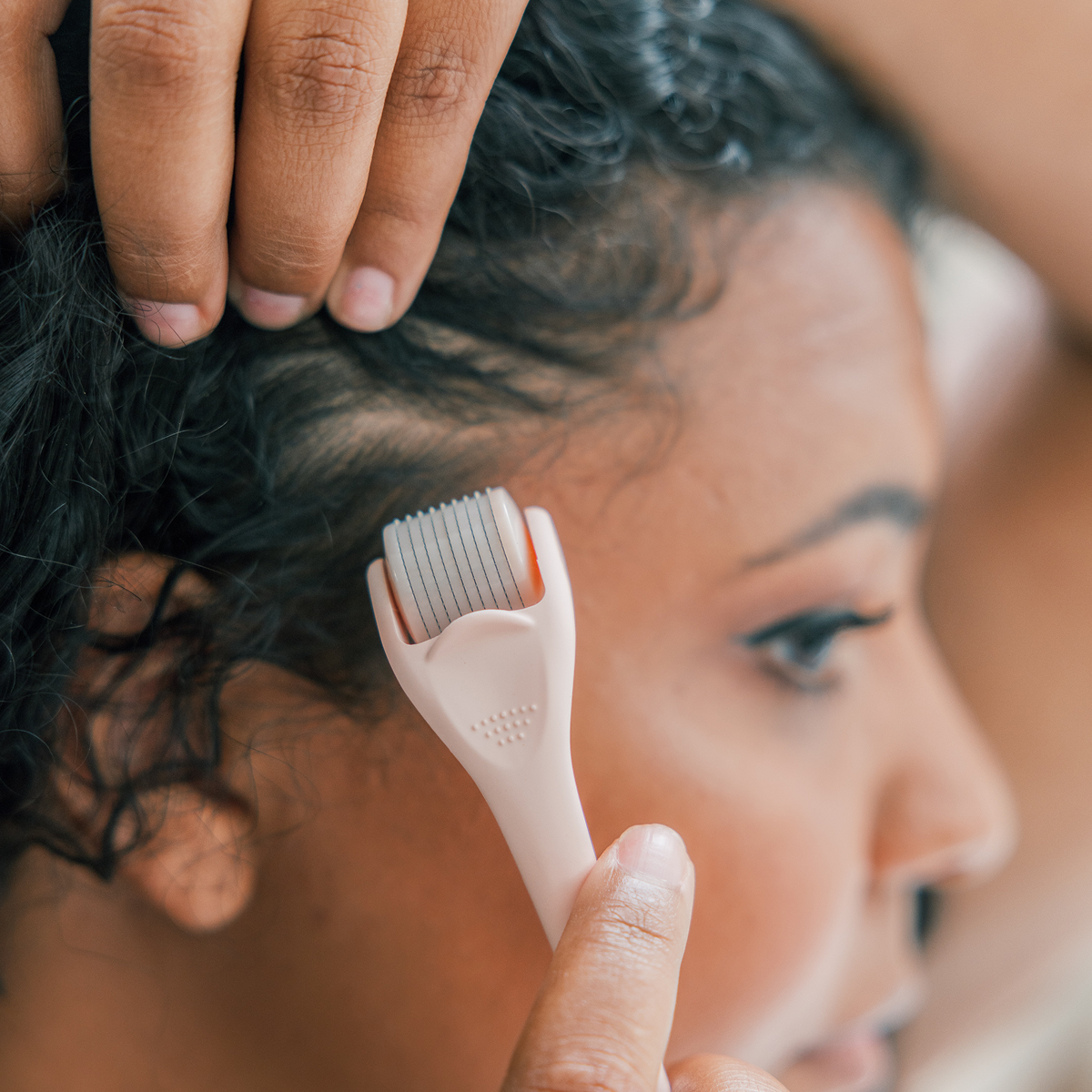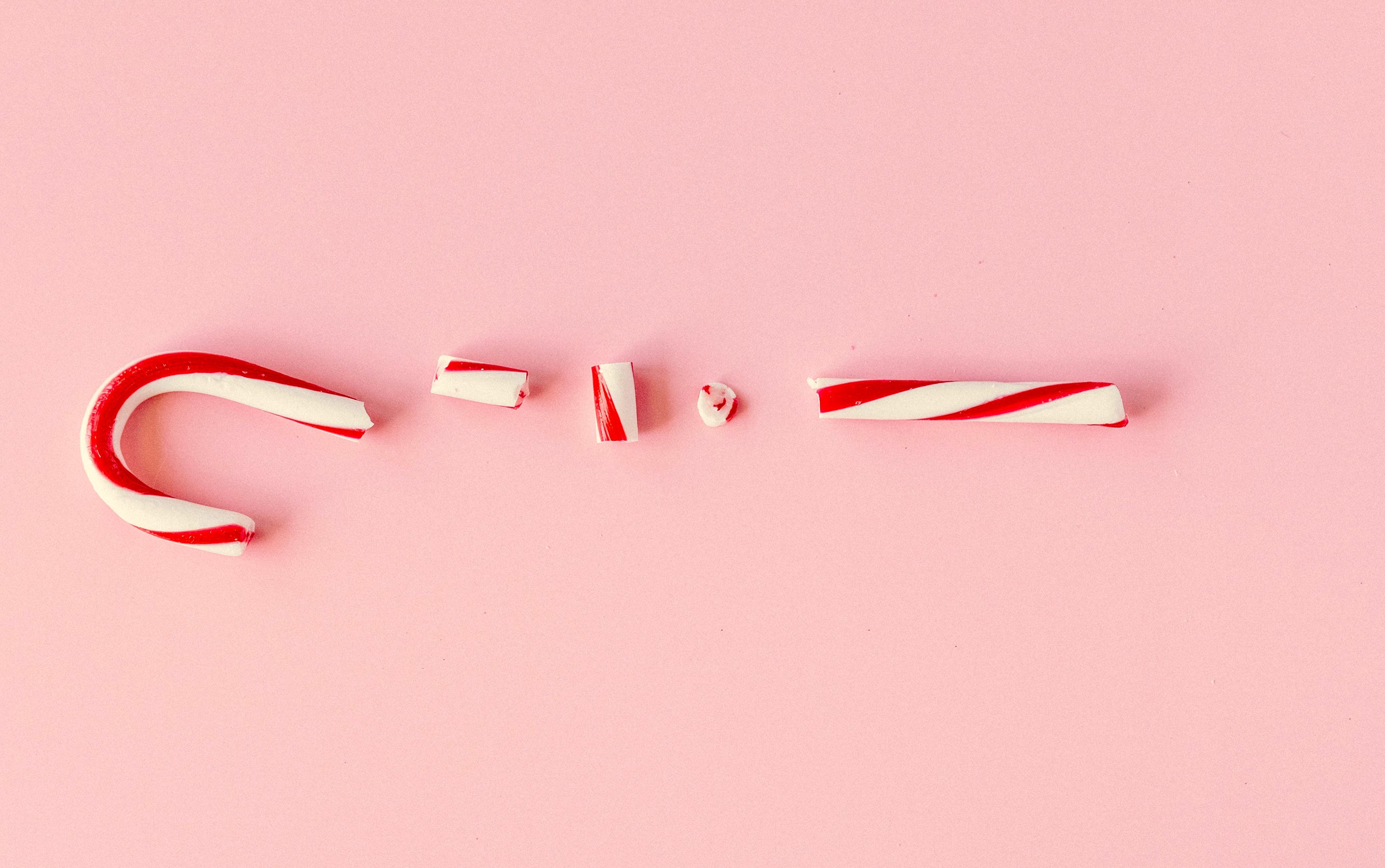
As if we don’t have enough to worry about already, did you know that the products you use on your hair and skin can make you sick? Chemicals such as formaldehyde, parabens, pthathlates, and even coal tar can be found in common everyday beauty products; causing irritation, hormone disruption and even cancer. Even more unfortunately, there’s little to no regulation that stops these companies from adding harmful chemicals to their products and clever marketing may mislead you to believe you’re taking care of your hair and skin when actually you’re slowly causing damage. But, it’s not all bad news. More and more “clean” beauty companies and websites are surfacing, making the purchase of nontoxic products more accessible and shopping less stressful. With just a little due diligence, you can clean up your beauty act lickity-split.
In order to do so, first it’s good to know that the United States is far behind other countries when it comes to regulation and tends to care more about shareholders than the safety of consumers. For example, the EU has banned or restricted the use of 1,300 chemicals while the US has only banned 11. Companies don’t have to register products with the FDA, provide ingredient lists, report findings of adverse events, or hand over safety records of any kind. Because of that, the FDA has no power to order recalls for products shown to cause harm or suspend production. That means it’s up to us to know what to avoid; and while most of the thousands of chemicals found in beauty products pose little to no risk, there are definitely a few you want to avoid all-together.
THE WORST OFFENDERS
Formaldehyde: A known carcinogen, Formaldehyde should be avoided at all costs. A gas, its inhalation poses serious risk to the user and is most notably found in nail polish and remover, aerosols, and hair-straightening products such as “keratin treatments”. If you have tried or thought about trying such a treatment, maybe reconsider. If the potential of developing cancer isn’t scary enough, you may also experience hair loss, rashes, blisters, loss of taste and/or smell and nosebleeds.
Parabens: Primarily used as a preservative, parabens are hormone disruptors. They increase the production of estrogen which can raise your risk for cancer, especially breast cancer. They can also cause eczema, hair loss, dry/brittle hair, fading of hair color, and can even increase skin aging due to causing decreased function of keratinocytes. Keratinocytes are the cells responsible for producing the powerful and much needed protein keratin that is found primarily in hair as well as skin.
Phthalates: (pronounced tha-layts) Commonly found in hair sprays, are endocrine disruptors. They can negatively affect the natural and very delicate reproductive system as well as cause early onset of puberty. They are also very harmful to the environment.
Sodium Lauryl Sulfate: (SLS) is a surfactant famous for giving you that foamy lather and providing that “squeaky clean” feeling. However, that feeling means your skin and hair has been stripped of its natural oils, putting your skin and scalp barrier at risk for irritation and damage from the elements.
Triclosan: Used in antibacterial compounds, Triclosan can cause contact dermatitis, skin irritation and can increase the risk of allergic reactions (especially in children).
Coal Tar: Derived from coal, coal tar is found primarily in at-home hair dye. The most common side effects include a variety of irritation and allergic reactions. Much more serious, however, is the possibility of blindness if used around the eyes. Yikes.
Fragrance: The trickiest of them all, the term “fragrance” can be used as a guise for many sinister chemicals, including, but not limited to all the aforementioned offenders. That doesn’t mean you should only purchase fragrance-free products; just be sure the label provides specifics as to which essential oil(s) are used and avoid any synthetic fragrances if possible.
OK, so now that I’ve scared you silly, let’s talk about the good news. More and more companies are jumping on the “clean beauty” band wagon and while that means you still have to do your homework to avoid marketing traps, there are still plenty of reputable sources for products that are safe for your hair and skin. And don’t worry, you’re not limited to “hippy dippy” brands or your local co-op; even huge magnates such as Target and Sephora now offer “clean” options.
RESOURCES
Environmental Working Group: EWG is a website dedicated to doing research and providing findings on toxic chemicals and pollutants in everyday items. Use their Skin Deep tool to look up specific beauty products to find out their toxicity level. Their website also lists EWG verified products, taking out the guesswork on what products are safe to use.
Think Dirty: A very useful app that you can use even while you shop. Simply scan the barcode of a product to see its toxicity rating, detailed information on ingredients and even recommendations for safer alternatives.
Safe and Chic: A clean and cruelty-free website with more than 2,000 beauty products available to choose from. Products found on Safe and Chic are run through both the EWG Skin Deep and Think Dirty database to ensure safety.
Credo Beauty: Another website boasting more than 2,000 products from 130+ brands. Credo has also created their own “Dirty List”, banning more than 2,700 chemicals from use in the products they carry. Credo also requires all products to have “fragrance transparency” so you can rest assured no scary products are hiding in your medicine cabinet.
And that’s just the tip of the iceberg. With just a simple Google search, you can find many more websites and apps dedicated to vetting brands and making safe beauty products more accessible. No matter where you shop, transparency is key. It should be easy to find a detailed list of ingredients for every product and readily available information on banned ingredients is a plus.
As with all of the resources listed here, Hairlove is dedicated to providing safe and effective ingredients and clinical studies to back it up so you can feel confident every day when you take your hair supplement or give your scalp a deep conditioning treatment.



























